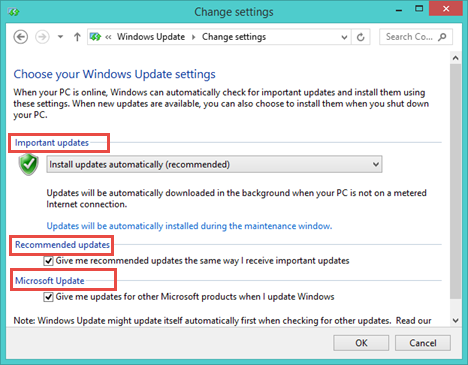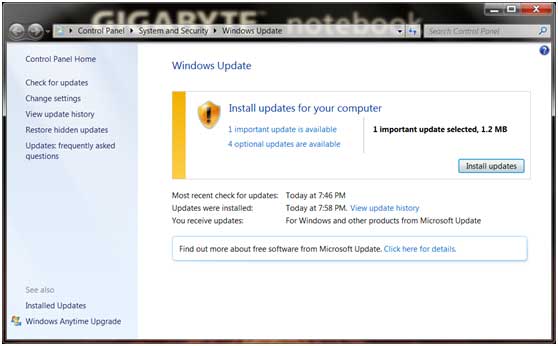

Search for the knowledge base number of the update – for example, KB5001391.Ĭlick the Download button for the cumulative update you want to install. To install updates of Windows 10 using Command Prompt, use these steps: msu package to update the system with the latest fixes. While Command Prompt does not have a mechanism to check for updates, you can use the console to install a. Install updates on Windows 10 via Command Prompt msu package.Ĭlick the Yes button to install the update.Īfter you complete the steps, the cumulative update will apply to the computer. Of course, if you have a 32-bit version of Windows 10, then download the x86 option.Ĭlick the link to download the. However, most of the time, you want to download the 圆4 version, which is the 64-bit version of the update. The download you need will depend on the system you have. Quick note: The page usually lists four versions of a particular package, including ARM64, 圆4, x86, and the one for Windows Server. (Optional) Click the Download and install option to apply a preview update of Windows 10. To download and install updates with Windows Update, use these steps: Install updates on Windows 10 via Windows Update In addition, we will outline the steps to install optional and feature updates. In this guide, you will learn the different ways to download and install cumulative updates on Windows 10. Windows 10 receives two feature updates per year, and they usually require reinstallation and multiple restarts. They include new features, changes, and fixes. Finally, feature updates are new versions of Windows 10 (such as version 21H1).
#Windows 7 how to install updates drivers#
Optional updates are not critical but necessary, and they include drivers and product updates. Quality updates are available every month, and they include security and non-security fixes and improvements. Microsoft offers three main types of updates, quality, optional, and features updates. Whatever the reason it might be, on Windows 10, there are at least four ways to update the system using the Windows Update settings, manual download, Command Prompt, and PowerShell. Or you want to upgrade to a new version of the operating system. You need to install a newer driver update for a device. If the Windows Update service is not working and you need to apply the latest patches to resolve the issue. Although the Windows Update service regularly applies updates automatically, sometimes, you may still need to check and install them manually for many reasons.įor example, after performing a clean install of Windows 10 or when the device hadn’t been online for a long time, it missed some important improvements.

On Windows 10, cumulative updates (or quality updates) are essential to fix bugs, patch security vulnerabilities, and improve system performance.


 0 kommentar(er)
0 kommentar(er)
